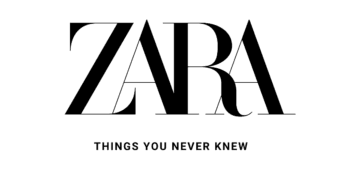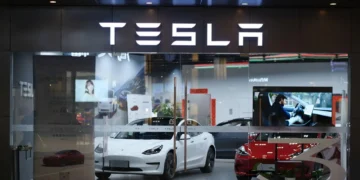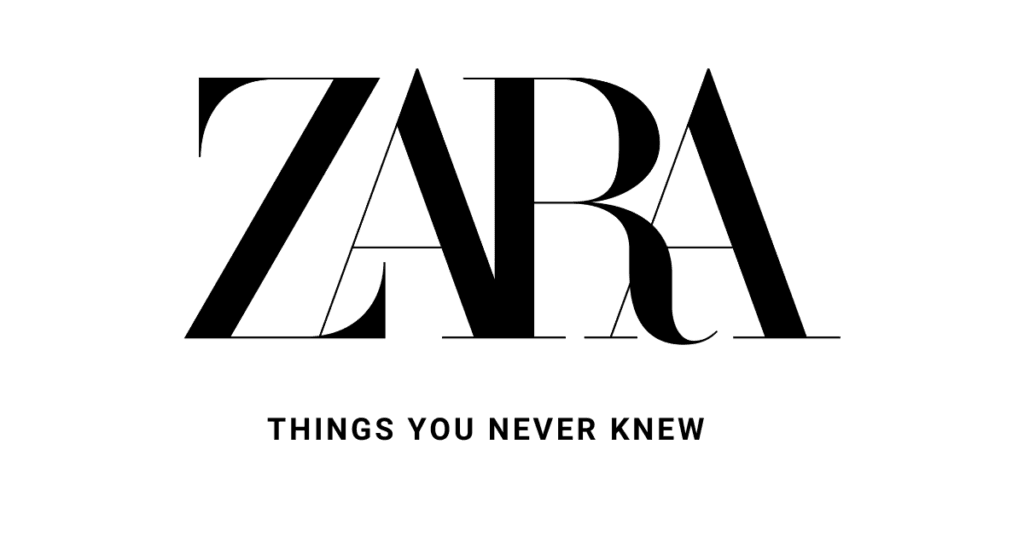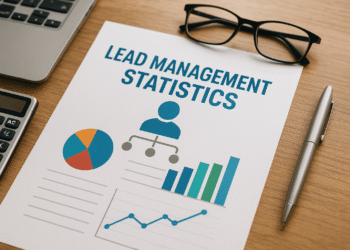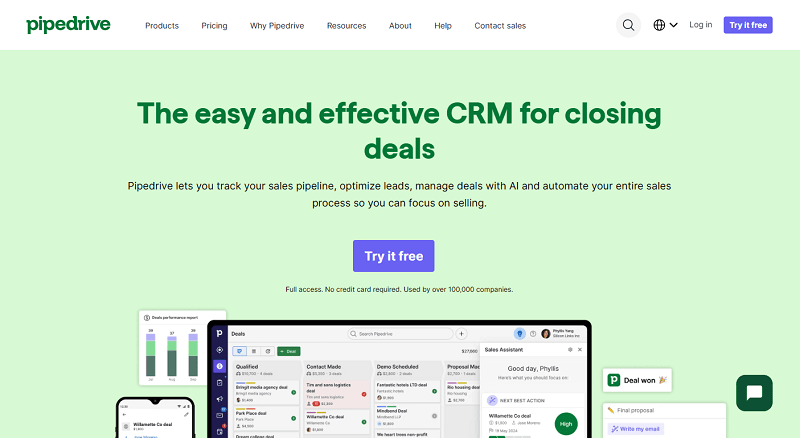Zara, the worldwide fashion leader, is known not only for its cutting-edge designs and short production cycles but also for its ability to retain strong consumer relationships. Zara’s success is built around its robust Customer Relationship Management (CRM) system, which allows the business to provide personalized experiences, preserve customer loyalty, and improve overall happiness.
In this Zara CRM case study, you will learn the secret of their business success, which helps them maintain a competitive advantage.
“Dynamic decision-making, common sense, a sense of commitment and self-criticism guided by motivating leaders are the key values underpinning this shared determination to take fashion to all corners of the globe.”
– Amancio Ortega
Zara Timeline
Amancio Ortega opens Confecciones GOA, a small dressmaking workshop.
Zara is born
Zara had expanded to several cities in Spain and had gained a loyal customer base for its trendy and affordable fashion.
International Expansion
Zara opened its first store outside of Spain in Porto, Portugal, in 1988. This marked the beginning of its international expansion.
Global Presence
Zara continued to expand globally, and by 2000, it had stores in major cities around the world, solidifying its position as a global fashion retailer.
Tesla factory opens in Fremont, CA
Sustainability Initiatives
In 2020, Zara announced its commitment to sustainability by launching a new sustainable collection and implementing eco-friendly practices in its production processes.
Before you proceed, you can get instant, no-obligation CRM quotes. Just answer a few quick questions and we’ll match you with top providers tailored to your business.
Zara CRM Strategy: 4 Ways Zara Uses Customer Relationship Management (CRM)
1. Customer Segmentation and Targeted Marketing
Zara’s CRM system segments customers based on a variety of criteria, including purchasing habits, demographics, location, and purchase history. Zara’s expertise in its wide consumer base allows it to provide targeted promotions and product recommendations to specific segments.
It’s the application of customer segmentation insights to deliver the right message to the right audience at the right time. By targeting customers with personalized communications, companies can increase the likelihood of engagement, conversion, and loyalty. Example of Zara customer segmentation and targeted marketing
The fast-fashion multinational Zara targets several customer groups according to geography, behavior, and demographics by using customer segmentation. Here’s how they put these tactics to use:
- Geographic Segmentation: Depending on the time of year and the area, Zara offers a variety of looks and apparel lines. For example, Zara simultaneously highlights summer fashion in tropical locations and winter coats and knitwear in colder European countries.
- Behavioral segmentation: Consumers are divided into groups by Zara according to their shopping patterns and frequency of purchases. Regular customers may receive customized suggestions, alerts regarding low stock, or first access to new collections.
- Targeted Marketing: By delivering customized communications about popular products or new arrivals based on a person’s past purchases, Zara’s personalized emails and app notifications improve the overall shopping experience.
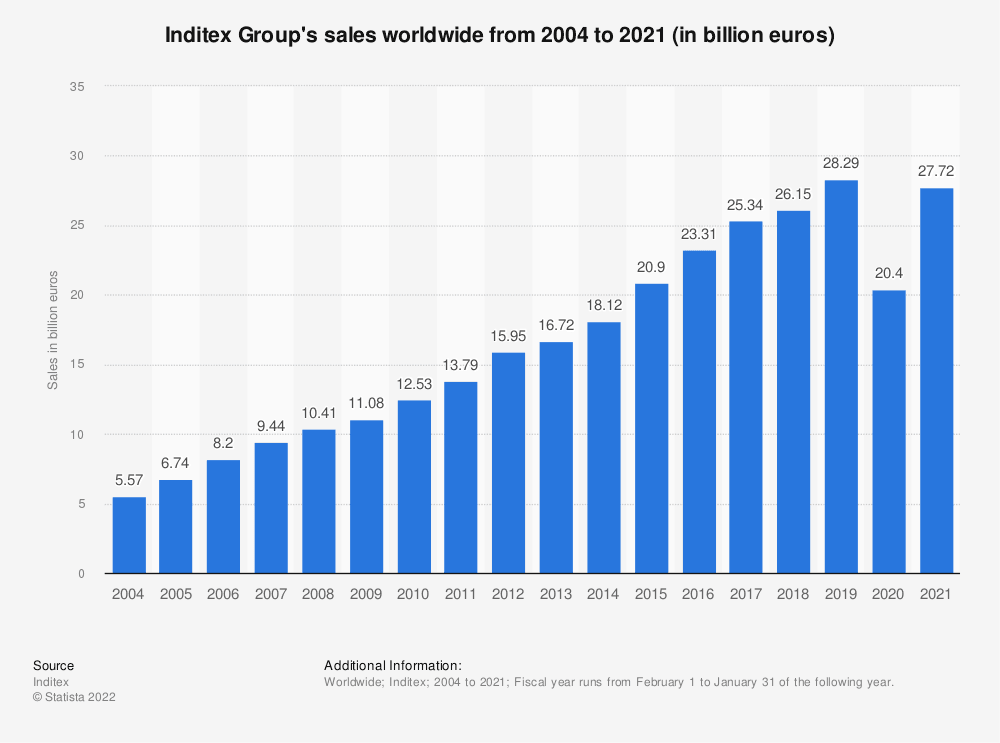
According to the chart above, the firm spends $2984 on R&D per car produced. That’s thrice the industry average of roughly $1,000 per car and higher than the collective R&D budgets of Ford, GM, and Chrysler per car.
Tesla’s unparalleled understanding of its customer is reflected in its cars’ user-centric design and personalization. Asides from their investment in R&D, Tesla collects data and numerous sensors from active users of their vehicles. This data helps Tesla enhance its self-driving technology and better understand how users interact with their cars.
2. Personalised Shopping Experience
Zara focuses on providing a highly individualized shopping experience to its customers, whether they shop online or in-store. The brand uses data analytics and machine learning to track client preferences and shopping behaviors. With its personalized product recommendations, tailored homepages, and curated newsletters, it ensures that customers see things that are relevant to their preferences.
Zara uses user data, such as previous purchase history and browsing habits, to provide personalized product recommendations. Whether a customer is shopping online or through the Zara app, they will see clothes and accessory suggestions based on their previous interests and style preferences.
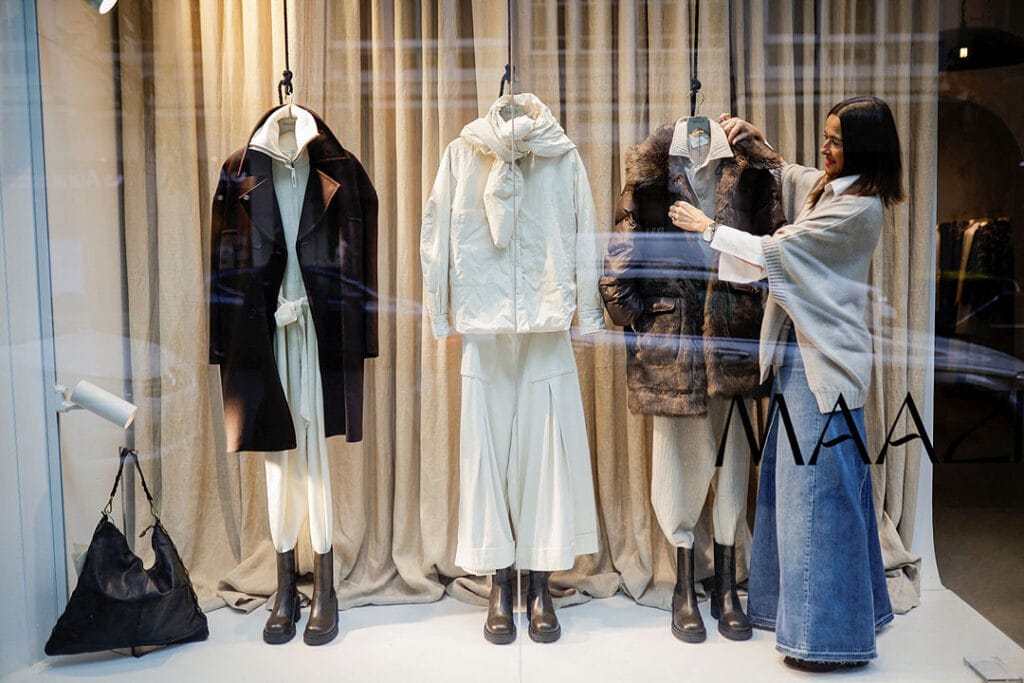
3. Inventory Management Driven by Data
Zara’s extremely effective inventory management system relies heavily on its CRM. Through the examination of consumer information, Zara is able to precisely forecast demand and modify its manufacturing levels. Zara’s data-driven strategy keeps inventory lean while optimizing customer happiness by enabling the company to quickly refill popular items, prevent overproduction, and react to shifting fashion trends.
4. Customer Service
Zara also enhances the shopping experience by offering customer service both online and in-store. Customer profiles are tracked via the brand’s Customer Relationship Management (CRM) system, which allows store staff or online support teams to access a shopper’s history and preferences, providing personalized assistance.
- CRM-Driven Support: Zara’s CRM system ensures that customer service teams have access to a shopper’s full interaction history, enabling them to offer more informed and personalized help. Whether it’s solving an issue or making product recommendations, this approach makes customers feel valued.
- In-Store Assistance: In select stores, sales associates can access customer data (with permission) to provide personalized recommendations based on previous purchases or online activity. This clienteling approach helps Zara offer a more customized experience in brick-and-mortar settings.
What CRM does Zara use?
Zara relies on Oracle CRM solutions to manage its customer connections. Oracle provides them with scalable and powerful platforms for managing customer data, improving shopping experiences, and facilitating online and in-store interactions.
Oracle products are well-known for their ability to properly handle major retail chains. It supports their ability to quickly respond to customer preferences and optimize their operations on a global scale.
It’s a Wrap
A major factor in Zara’s overall success in the quick fashion sector is their CRM system. Zara has developed a CRM approach that retains customers by emphasizing individualized customer experiences, utilizing data analytics, and combining online and offline channels. As technology develops further, Zara will be in a strong position to keep its competitive advantage and provide outstanding customer service
Zara has developed a CRM system that predicts and serves the needs of its customers. By using a comprehensive approach, Zara is able to sustain solid client relationships while consistently improving its product line to keep on top of trends in fashion.
Frequently Asked Questions
To provide a customized shopping experience, Zara gathers, examines, and uses client data through CRM (Client Relationship Management). By knowing its customers’ interests and behaviour, Zara improves customer pleasure, retention, and loyalty.
Zara’s emphasis on data-driven personalization, effective technology use, and the relevance of an omnichannel approach can be applied to other organizations. Companies may improve customer satisfaction, loyalty, and business success by efficiently exploiting consumer data and providing individualized interactions.
Zara uses consumer information to customize homepage displays, emails, and product recommendations, personalizing the shopping experience. Additionally, it incorporates user preferences across several channels, guaranteeing a consistent experience for customers who shop in-person or online.













